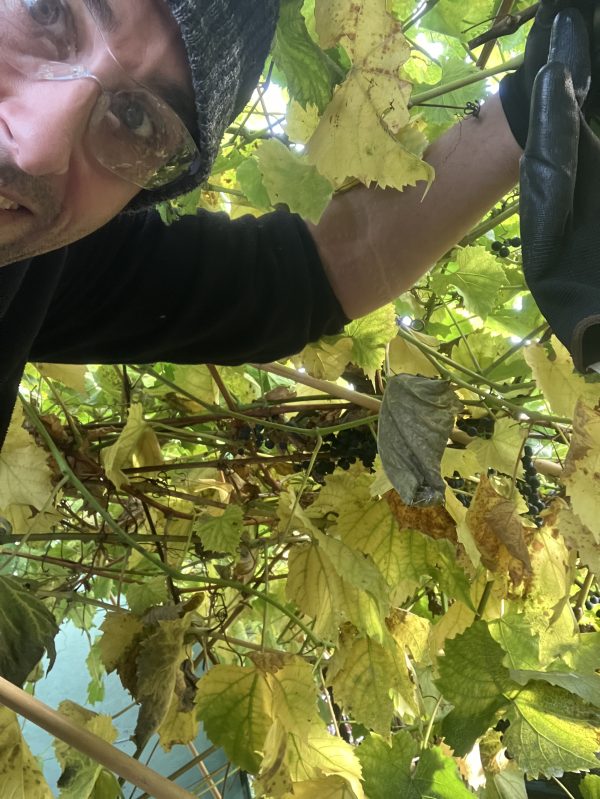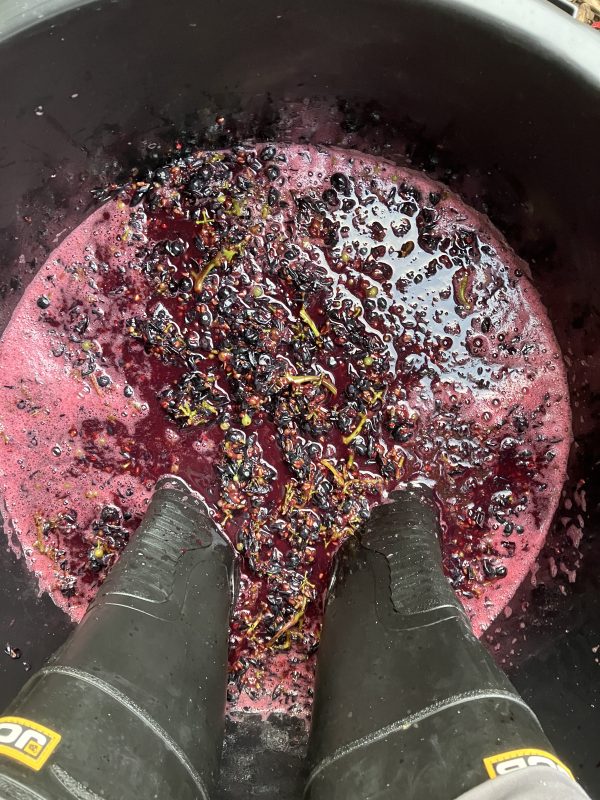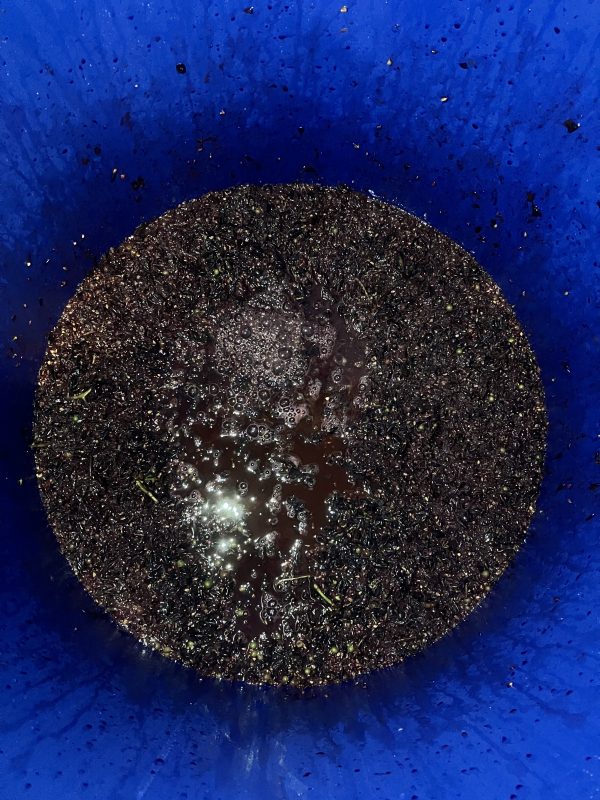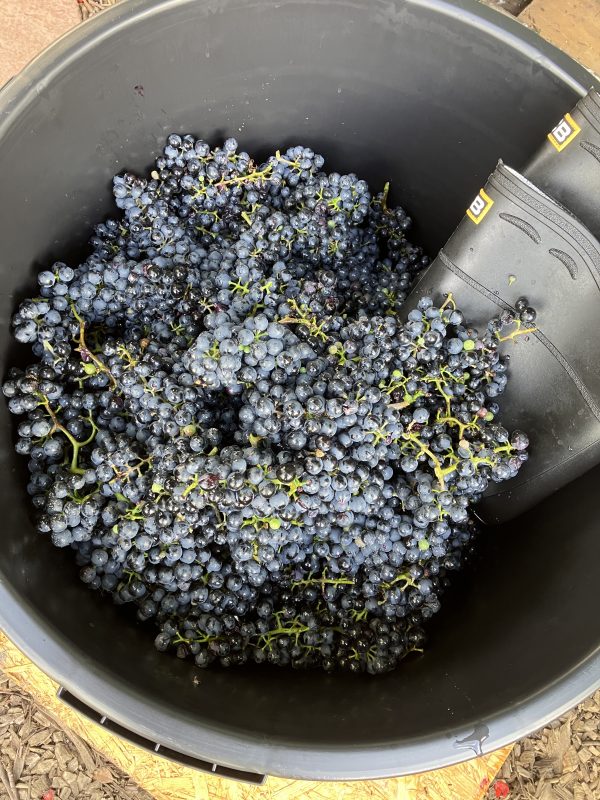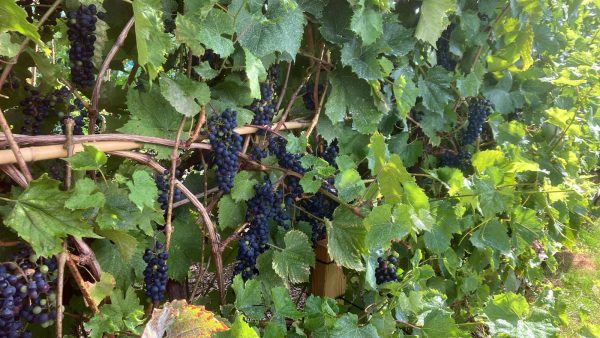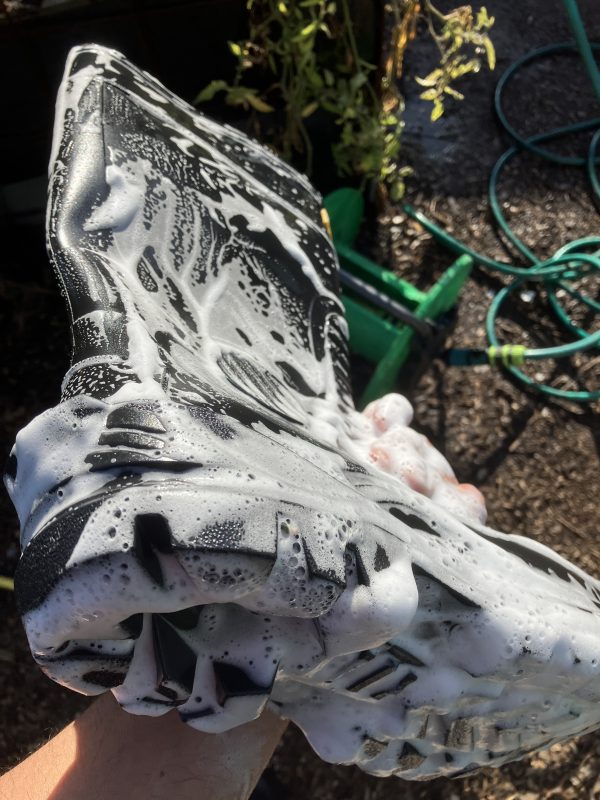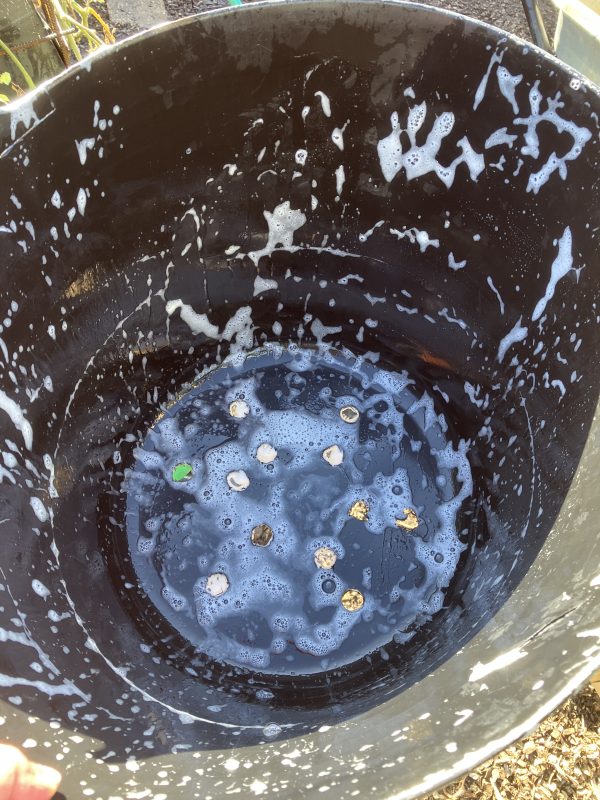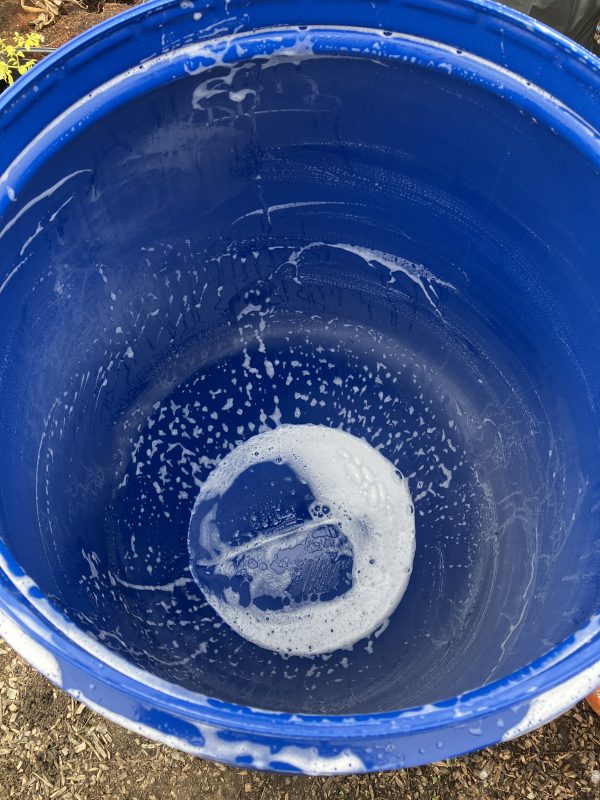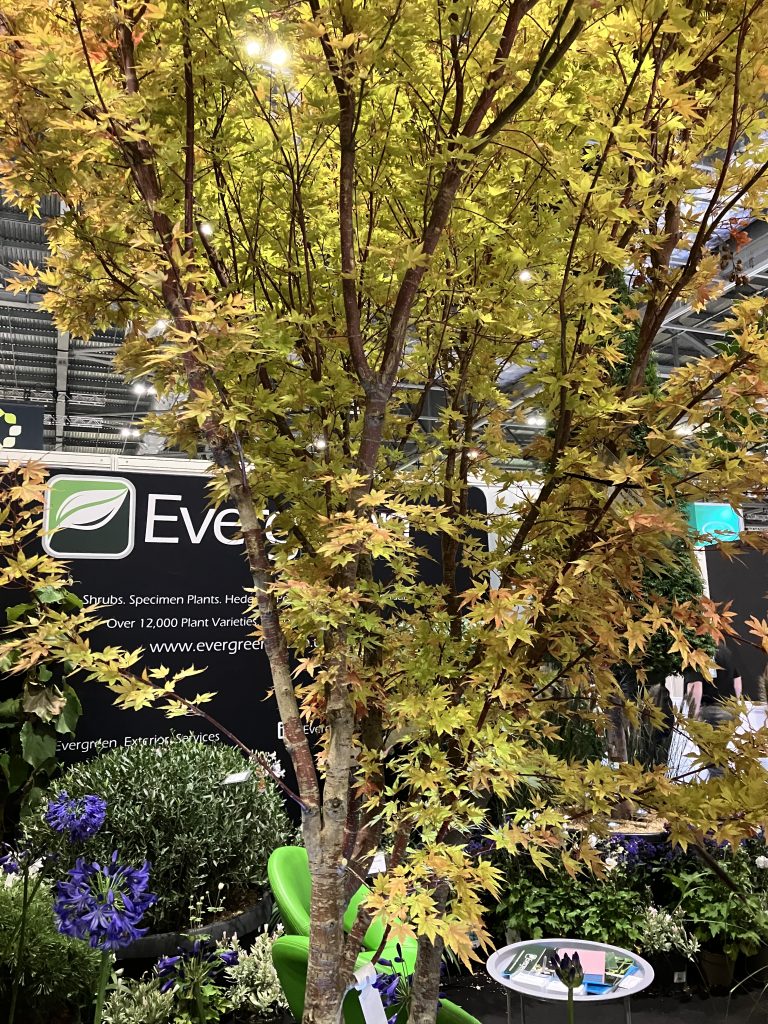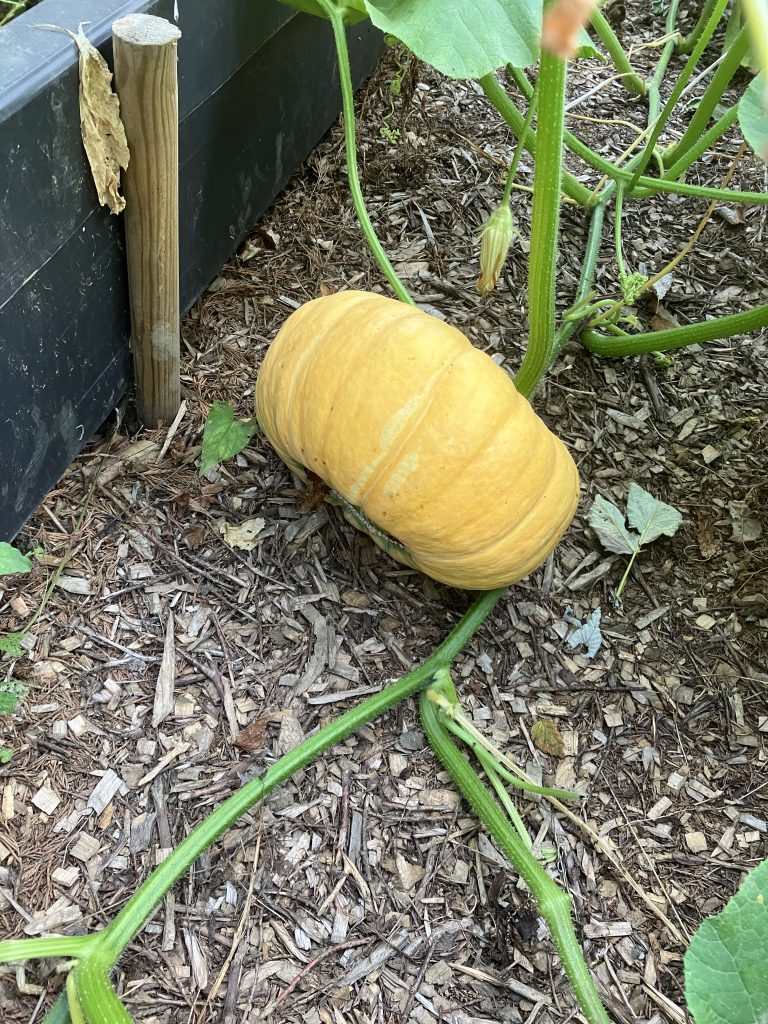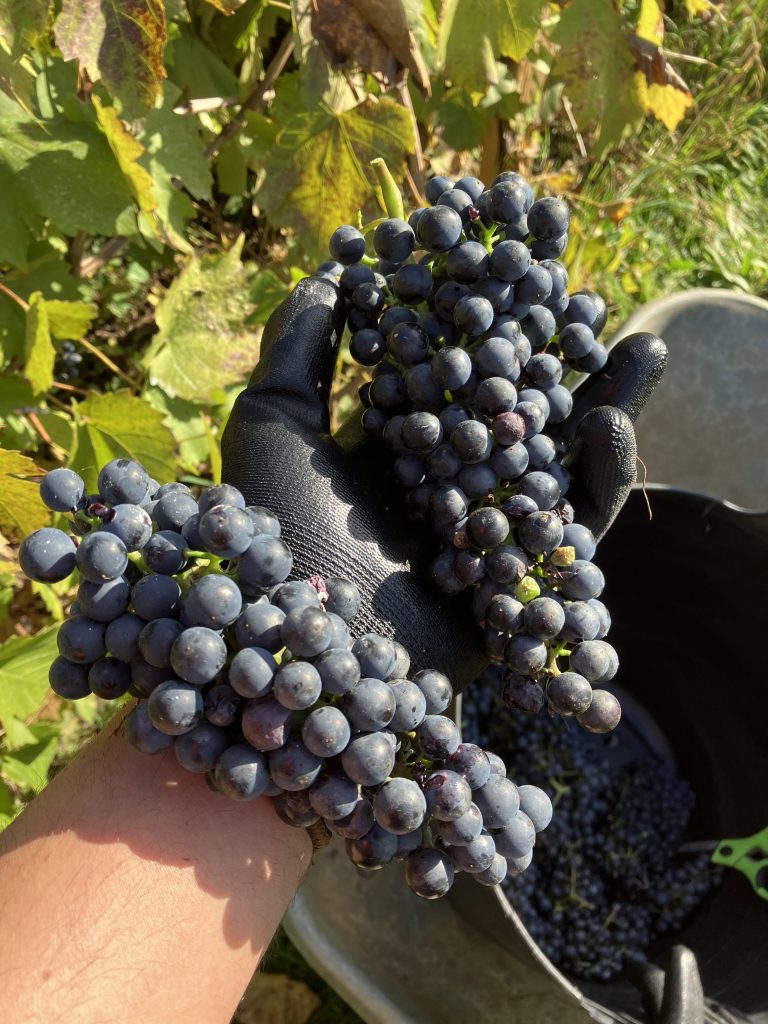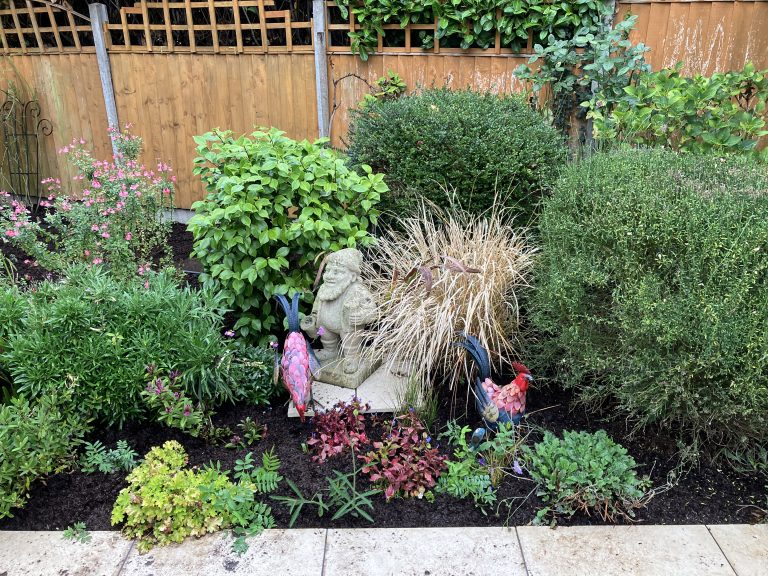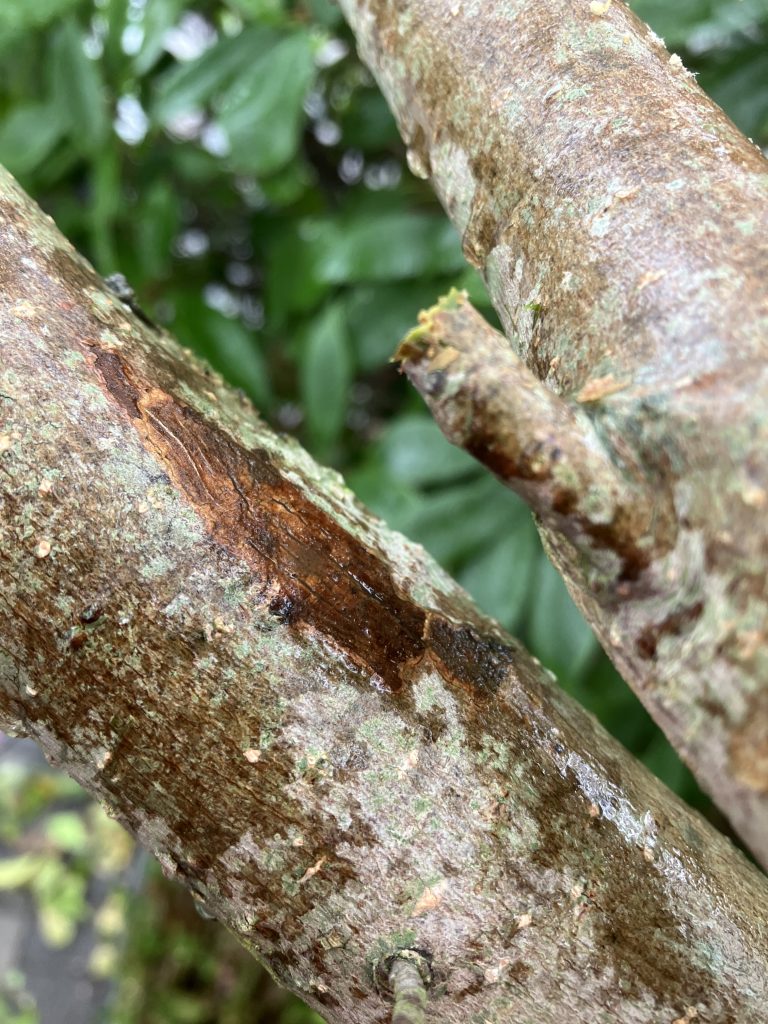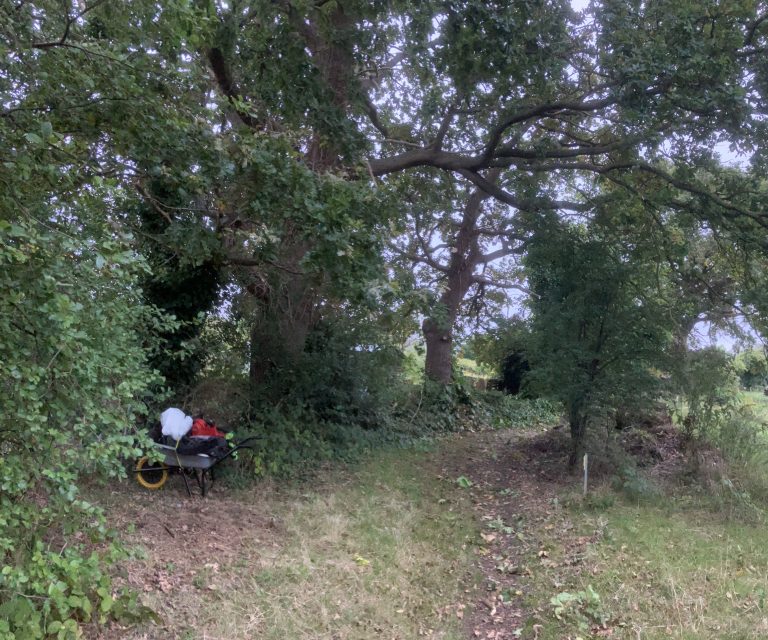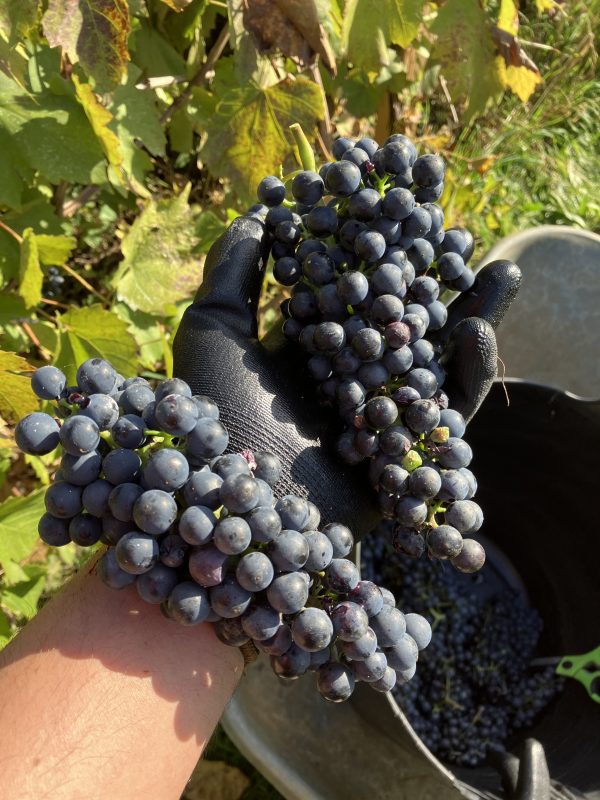
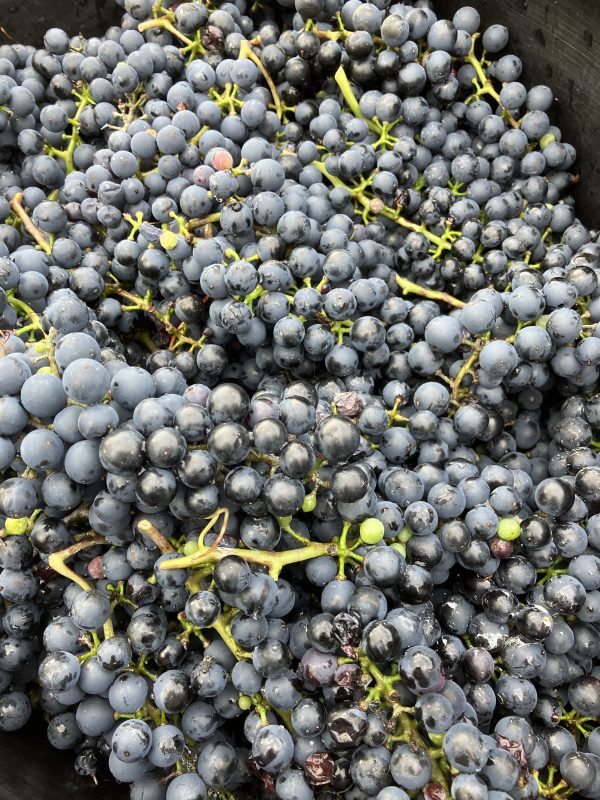
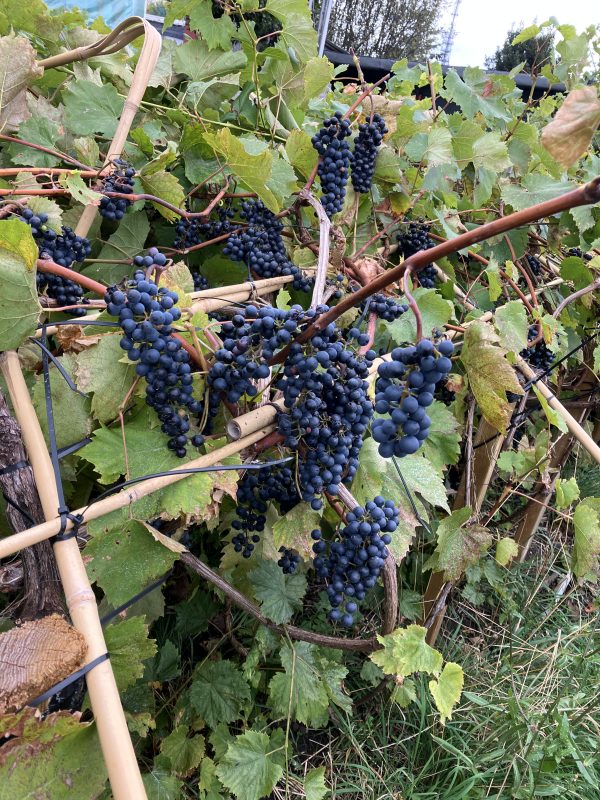
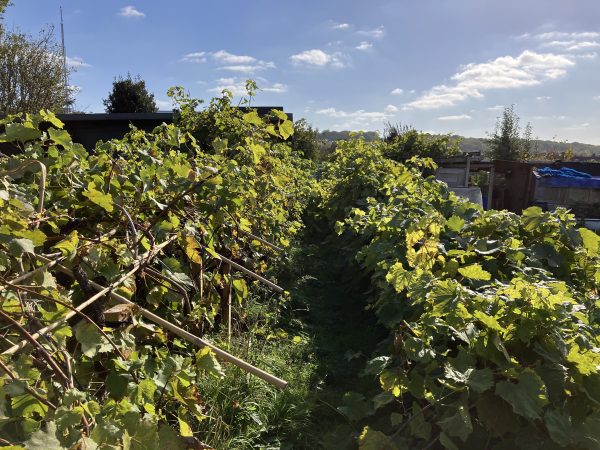
Red Grape Harvesting: Whole Bunch Methods for Quality Wine
Red grapes are increasingly cultivated in UK vineyards and gardens, yielding vibrant wines with rich flavours and contributing to local ecosystems. However, harvesting red grapes in whole bunches is more than a seasonal task—it’s crucial for preserving fruit integrity, optimising wine quality, and enhancing biodiversity. When executed properly, this method supports thriving habitats for wildlife, from pollinators to soil organisms, while producing superior ferments. This article explores the fundamentals of whole bunch red grape harvesting in the UK, covering its benefits, optimal timing, and key considerations to ensure it promotes rather than harms natural environments.
Why Red Grape Harvesting Matters
Fundamentally, harvesting red grapes in whole bunches involves carefully picking intact clusters to maintain stem and berry structure, which is key for certain winemaking styles. This approach prevents premature juice loss and oxidation, ensuring higher quality must for fermentation. In the UK, where cooler climates challenge ripening, timely whole bunch harvesting helps capture balanced sugars and acids, reducing the need for adjustments later. Removing diseased or unripe bunches during harvest also safeguards vine health, minimising pest spread and supporting long-term productivity.
Beyond these essentials, whole bunch harvesting plays a vital role in boosting biodiversity. UK vineyards act as havens for species, with grapevines providing nectar for bees and shelter for birds. Sustainable harvesting practices, like minimal intervention, foster diverse undergrowth and soil life, enhancing ecosystem resilience. Research shows that biodiversity in vineyards improves grape quality through natural pest control and nutrient cycling, creating healthier wines with complex profiles. Well-managed harvests can also reduce environmental impact, such as by limiting machinery use in smaller plots.
Optimal Timing for Red Grape Harvesting
Timing is critical for whole bunch harvesting to achieve peak ripeness without risking rot in the UK’s variable weather. Generally, harvest red grapes from mid-September to late October, when sugars reach 20-24° Brix and acids balance flavour. Monitor by tasting berries and testing must; early picking preserves acidity for fresh wines, while later harvests build depth. Dry autumns allow extended hang time, but rain prompts quicker action to avoid dilution.
For UK red varieties, timing varies by region and weather—southern sites ripen earlier due to warmer microclimates. In wetter years, harvest promptly to maintain quality.
| Red Grape Variety | Recommended Harvest Time | Key Considerations |
|---|---|---|
| Pinot Noir | Mid to late September | Balance sugar/acid; suits whole bunch for elegance; check for Botrytis in damp conditions. |
| Rondo | Early to mid-September | Early ripener; whole bunches enhance freshness; monitor wasps. |
| Regent | Late September to October | Disease-resistant; extended hang for complexity; supports biodiversity with minimal sprays. |
Enhancing Biodiversity Through Harvesting
One of the most fulfilling aspects of whole bunch harvesting is its potential to enhance biodiversity in UK vineyards. By hand-picking clusters, disturbance to soil and understory plants is minimised, preserving habitats for insects and microbes that aid pollination and decomposition. This method encourages natural fermentation starters from grape skins, promoting microbial diversity in wines.
To maximise benefits, integrate regenerative practices like cover crops between rows, which boost N-fixing plants and improve grape quality. Studies indicate diverse vineyards yield grapes with better resilience to climate change, supporting species like birds and bats. Avoid over-harvesting to leave some fruit for wildlife, and use selective picking to retain ecosystem balance.
Planning Around Weather and Wildlife
A key consideration in red grape harvesting is planning around UK weather and wildlife to avoid losses. Heavy rain can split berries, so monitor forecasts and harvest dry days. Late frosts or winds may damage bunches, necessitating protective netting. In many areas, it’s advisable to check for protected species, as vineyards can host nesting birds from March to August.
To protect biodiversity, conduct pre-harvest surveys for wasps or birds, using traps if needed. Leaving buffer zones uncut supports foraging animals.
Practical Tips for Effective Red Grape Harvesting
Use clean secateurs or shears for cutting bunches at the stem, placing them gently into bins to avoid bruising. For home winemakers, wash bunches if necessary, then crush in a bucket using clean boots for traditional stomping, transferring to a sealed barrel with airlock. Add enzymes like Pectolase, yeast nutrient, and strains such as GV4 for robust fermentation.
Sort bunches on-site, removing damaged ones. For larger scales, organise teams and logistics early. Incorporate minimal sprays to preserve beneficial insects, and compost waste for soil health.
Conclusion
Red grape harvesting in whole bunches, when approached thoughtfully, transforms a harvest into a catalyst for quality wine and environmental care. By timing picks accurately, adopting gentle methods, and prioritising wildlife, you can produce exceptional UK wines while fostering biodiversity. Whether in a small garden or commercial vineyard, these practices ensure sustainable yields that benefit ecosystems for generations. Consult local viticulture experts or the RHS for site-specific advice.
References
- Three Choirs Vineyards. (2025) ‘Behind the scenes: How we harvest our grapes’, Three Choirs Vineyards Blog, 25 April. Available at: https://www.three-choirs-vineyards.co.uk/behind-the-scenes-how-we-harvest-our-grapes (Accessed: 11 October 2025).
- OENO One. (n.d.) ‘Regenerative viticulture and climate change resilience’. Available at: https://oeno-one.eu/article/view/8089 (Accessed: 11 October 2025).
- RHS Gardening. (n.d.) ‘How to grow grapes’. Available at: https://www.rhs.org.uk/fruit/grapes/grow-your-own (Accessed: 11 October 2025).
- Vineyard Magazine. (2023) ‘Five steps to an effective grape harvest’, Vineyard Magazine, 24 August. Available at: https://www.vineyardmagazine.co.uk/agronomy/five-steps-to-an-effective-grape-harvest/ (Accessed: 11 October 2025).
- Wine Anorak. (n.d.) ‘Whole bunch fermentations and use of stems in red winemaking’. Available at: https://www.wineanorak.com/wholebunch.htm (Accessed: 11 October 2025).
- YouTube. (2020) ‘How to Pick and Process Grapes to Make Wine’, 8 May. Available at: https://www.youtube.com/watch?v=CWPRM4Q0ONk (Accessed: 11 October 2025).
- AWRI. (n.d.) ‘Winemaking treatment – whole bunch fermentation’. Available at: https://www.awri.com.au/industry_support/winemaking_resources/winemaking-practices/winemaking-treatment-whole-bunch-fermentation/ (Accessed: 11 October 2025).
- Whicher Ridge. (2020) ‘When to Pick Grapes for Making Wine’, Whicher Ridge Blog, 9 February. Available at: https://whicherridge.com.au/blog/when-to-pick-grapes-for-making-wine/ (Accessed: 11 October 2025).
- PMC. (2021) ‘Biodiversity effects on grape quality depend on variety and …’, 14 May. Available at: https://pmc.ncbi.nlm.nih.gov/articles/PMC8359971/ (Accessed: 11 October 2025).
